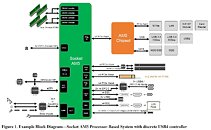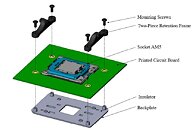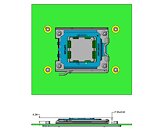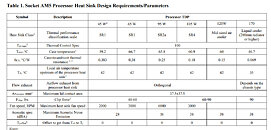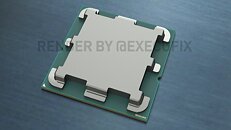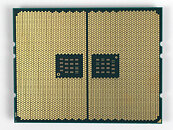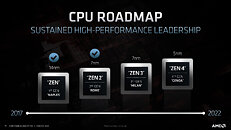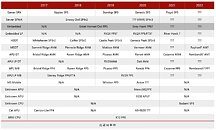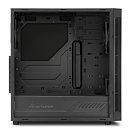
AMD Zen 4 "Raphael" Processors Feature Improved Thermal Sensors and Power Management
AMD is slowly preparing the launch of the latest and greatest Ryzen processor family based on the Zen 4 CPU core design. Among various things that are getting an overhaul, the Raphael processor generation is now getting revamped temperature reading and better power management circuitry. According to an Igor's Lab report, AMD has prepared a few new improvements that will make temperature reading and power management easier for PC enthusiasts. Currently, the reported CPU temperature is called Tcontrol (Tctl), which is what the cooling solution sees. If Tctl is high, the fans spin up and cool the system. If Tctl is low, the fans slow down to reduce noise.
With Raphael, the CUR_TEMP (current temperature) output part of Tctl has been upgraded to reflect a much smoother curve, and avoid jittering with fans as they are not spiking so suddenly anymore. This is helping contribute to the noise output and has made it run at a consistent fan speed in the system. Another note about Raphael is a new power management technique. AMD has designed the AM5 platform to avoid sudden power spikes, to maintain maximum efficiency over time. It is a design decision made from the very start, and the CPU will try to constrain itself in the TDP range that it is configured for. For more details about the circuitry, please head over to the Igor's Lab article.
With Raphael, the CUR_TEMP (current temperature) output part of Tctl has been upgraded to reflect a much smoother curve, and avoid jittering with fans as they are not spiking so suddenly anymore. This is helping contribute to the noise output and has made it run at a consistent fan speed in the system. Another note about Raphael is a new power management technique. AMD has designed the AM5 platform to avoid sudden power spikes, to maintain maximum efficiency over time. It is a design decision made from the very start, and the CPU will try to constrain itself in the TDP range that it is configured for. For more details about the circuitry, please head over to the Igor's Lab article.


